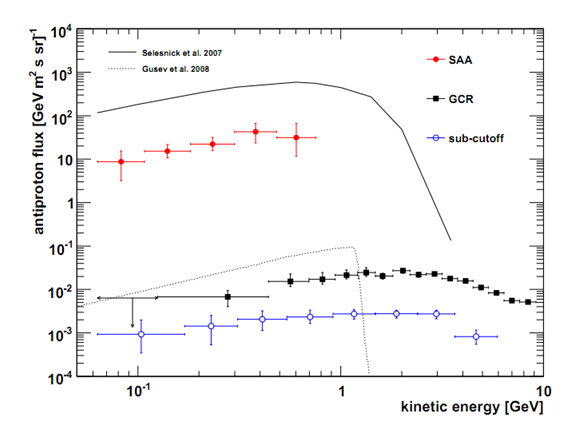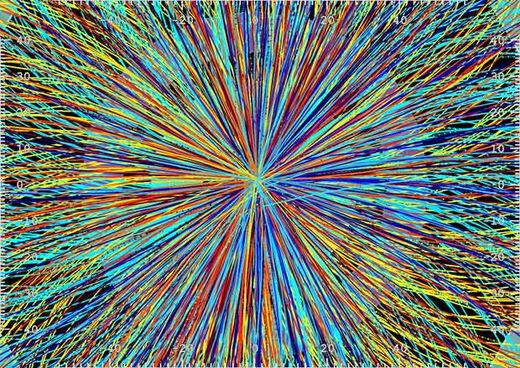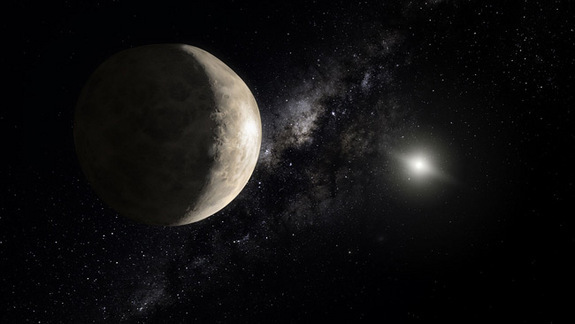Physicists have long suspected that antiprotons must become trapped in a belt around Earth. Now they've found it

© Technology Review, MIT
The Earth is constantly bombarded by high energy particles called cosmic rays. These are generated by the Sun and by other sources further afield. (The source of the highest energy cosmic rays is still a mystery).
The particles are generally protons, electrons and helium nuclei and when they collide with nuclei in the Earth's upper atmosphere they can produce showers of daughter particles. These showers can be so extensive that they can easily be observed from the ground.
Astronomers long ago realised that these collisions must produce antiprotons, just as they do in particle accelerators on Earth. But this raises an interesting question: what happens to the antiprotons after they are created?
Clearly, many of these antiparticles must be annihilated when they meet particles of ordinary matter. But some astronomers always suspected that the remaining antiprotons must become trapped by the Earth's magnetic field, forming an antiproton radiation belt.
Now astrophysicists say they've finally discovered this long-fabled belt of antiprotons.
In 2006, these guys launched a spacecraft called PAMELA into low Earth orbit, specifically to look for antiprotons in cosmic rays.







Comment: Exactly, "from the crater record" (that being the key phrase) there is no evidence for a Nemesis body. Clearly, the crater record is not the only evidence we have that comet encounters occur on a cyclical basis.
Getting WISE About Nemesis
Nemesis: Does the Sun Have a 'Companion'?
Something Wicked This Way Comes